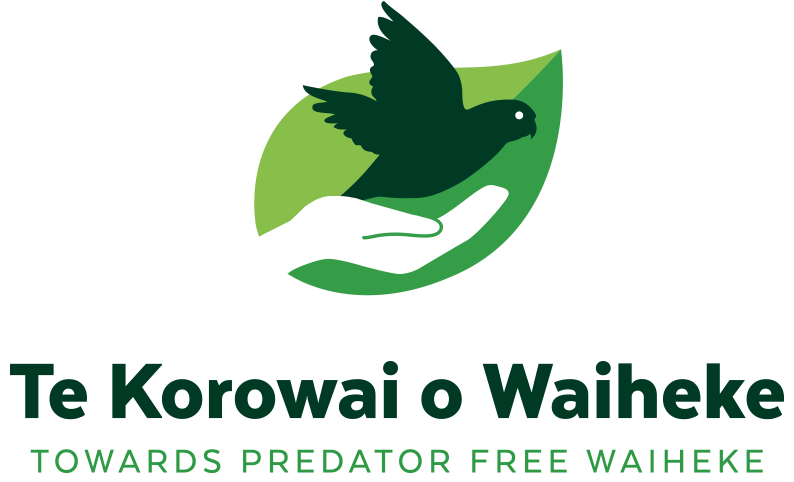The return of the kākāriki
A brilliant flash of green, and a rapid, high-pitched chattering amongst the trees. These are the characteristics of the New Zealand parakeet, or kākāriki in te reo Māori, that once flourished throughout the forests of New Zealand.
A bird that was so prolific that in the 1800’s beds up and down the country were stuffed with their feathers, hunters were offered a bounty for their beaks and parakeet pie was a staple dinner option for miners. The story of the kākāriki has been one from overwhelming abundance to almost extinction in just a few short centuries through the loss of habitat, impacts of humans, and the threat of rats, stoats and possums.
Though humans greatly impacted their numbers initially, it was the introduction of predators that has relentlessly pushed them to the edge. Of the five main species of New Zealand parakeet, the orange-fronted is the rarest with only an estimated 100-300 left in the wild beach forests valleys of Canterbury.
The narrative of the kākāriki story in the Hauraki Gulf however, is taking a turn. In the last few decades, dedicated work has gone into breeding, translocation, and, most crucial to their survival, predator control.
In 2008, a project led by wild parrot expert, Dr Luis Ortiz-Catedral a stock of ‘at risk’ red-crowned kākāriki were captured on Hauturu-o-Toi/Little Barrier island and relocated to predator-free Motuihe Island, Rakino Island and Tāwharanui Regional Park. Before long the little green parrot had ventured beyond, searching for additional territories and safe places to call home.
Red-crowned kākāriki
Within a year, a fledgling and its parents were discovered on predator-free Motutapu Island (2km from Motuihe) and that family of three became the first kākāriki in 100 years to nest on the island. As efficient colonisers, kākāriki are now found in many predator-free islands in the Hauraki Gulf while keeping a watchful eye on new safe habitats as they arise.
Eastern rosella
Sid Marsh has an ear for birdsong you might say. He spent 28 years as a wildlife ranger, specialising in birds from the North to the far South, including years of monitoring our national icon, the Kiwi. Having called Waiheke home for some time now, his finely tuned ears keep him constantly informed of the birds around him. In November last year, his ears pricked up to the signature chattering of kākāriki. He says he heard the calls of two birds from his place of work in the Awaawaroa Valley and then once more again in April this year. Hanne Sorenson from the Awaawaroa Ecovillage has a similar story, reporting hearing and seeing one in May. These reports raise the question; are the kākāriki coming home to Waiheke?
At a guess, they may be scouting for new safe territories and with the eradication programme underway for stoats and rat-eradication pilot on the horizon, it may be prospective future planning for the small green parrot.
Kākāriki are extremely vulnerable to predators as they not only nest in tree hollows, but they roost there too, which means they are in the hollow every night of the year. If a predator climbs up and pokes its head in the hole, there is an extremely high chance it will find something inside. Furthermore, once fledgelings are old enough to leave the nest, they spend around two weeks, foraging on the forest floor for seeds and learning to use their wings and their voice. A homing beacon to hungry predators.
On Waiheke, they are often confused with the Australian or Eastern Rosella, but there are markers to tell them apart. As the name suggests, red-crowned kākāriki have a spot of red at the front of the head and two brush strokes through the eyes making a crown of red, against their vibrant green plumage. They grow to between 25-28cms and have dark flight feathers with hues of blue.
Rosellas on the other hand have a full, striking red hood with white cheeks which travels down the body into a rainbow of bright yellow, green and blue. Growing up to 30cms, these colourful birds also have dark and blue flight feathers. They travel in small flocks and are most recognisable by their call.
Te Korowai o Waiheke is offering a prize for the first kākāriki photograph taken on the island. Watch the short video below for ‘bird whisperer’ Dr Tim Lovegroves tips on kākāriki and how to spot them, grab your binoculars and your camera and get snapping.
Send through your entries to info@tekorowaiowaiheke.org with your name and phone number and we will share the winners' photos across our platforms.
Good luck!


